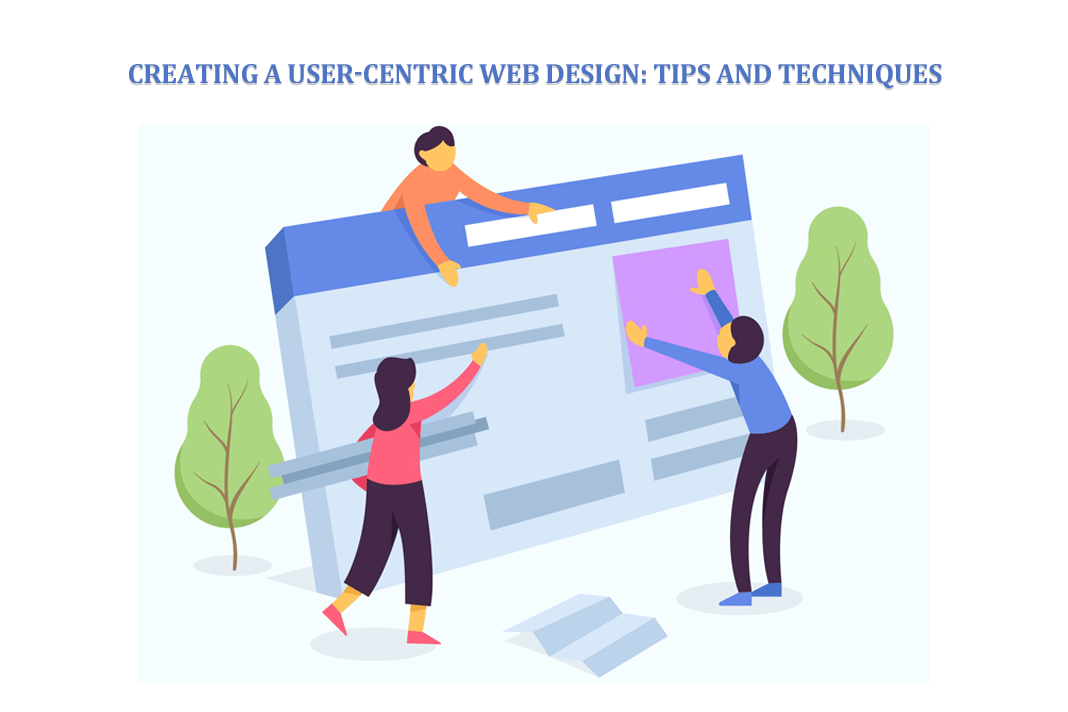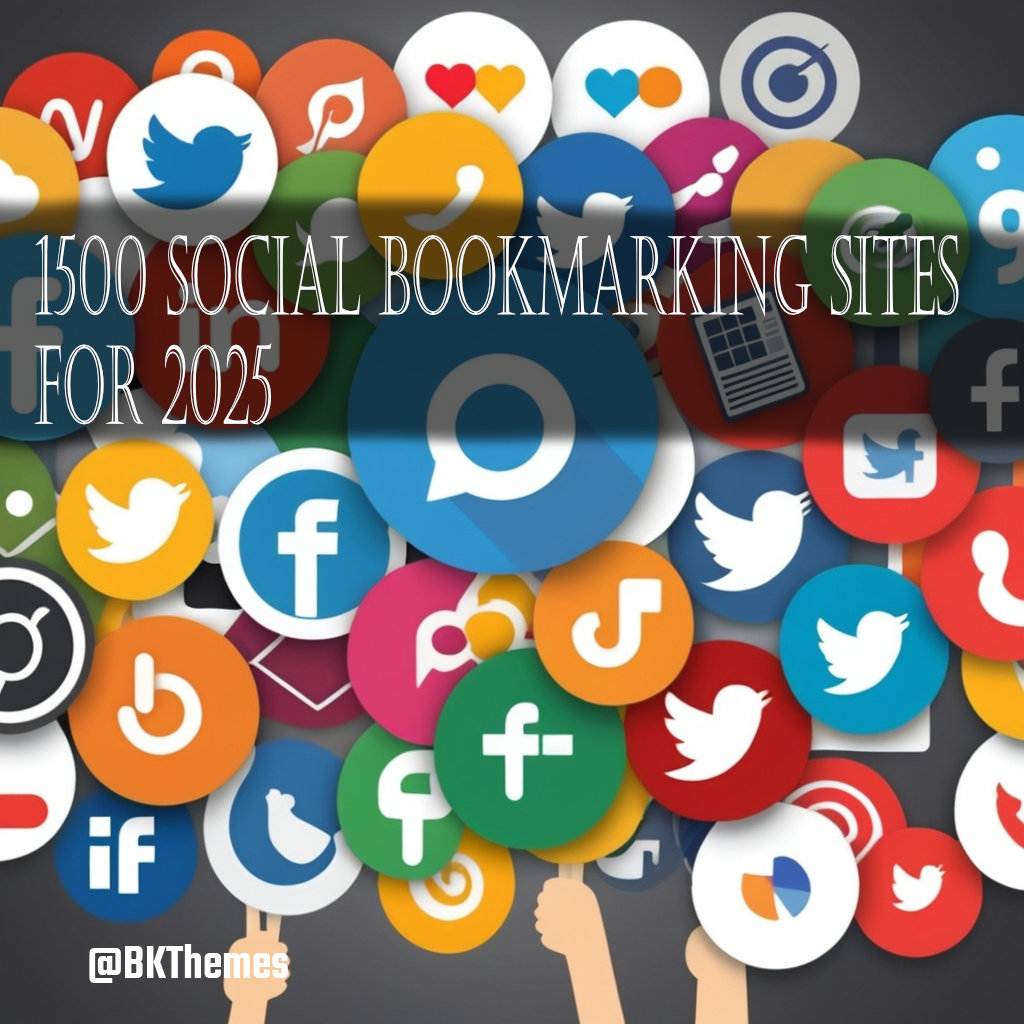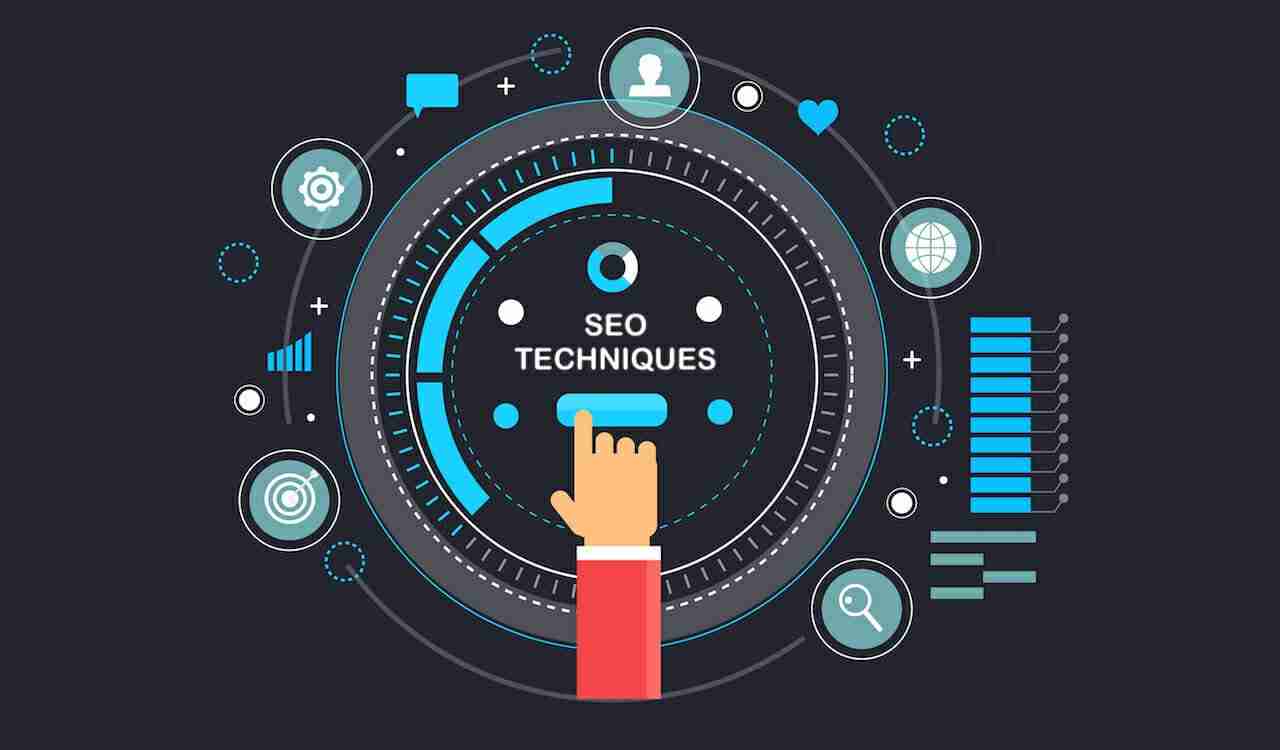
What determines if a website is user-friendly? Have you ever visited a user-friendly, attractive, and intuitive website? That's what distinguishes a user-centric site design. It's about creating a digital experience that people can relate to, not only how it looks.
Building user-friendly websites is crucial for companies and people in today's internet-driven society. User-centric design aims to provide users with a seamless experience by studying their behavior, meeting their requirements, and anticipating future needs. This method always puts the user first, from making things more accessible to making them more user-friendly.
Designing with the user in mind guarantees success and happiness, whether creating an online store, a blog, or a business website. This article delves into strategies for making a user-friendly website that attracts and retains visitors. What follows is an outline of the fundamentals for developing a user-centric website
First things first when designing a user-centric web: know your audience. Say who you are! Can you tell me about their wants, requirements, and problems? To get to the bottom of these questions, you need to do some severe user research.
Gaining meaningful insights into user demographics and habits is possible via analytics tools, surveys, and interviews. A good grasp of your target demographic allows you to cater the design to their needs better.
Some demographics, like youth, may lean toward more colorful and eye-catching designs, while others, like older people, may value clarity and simplicity.
By putting users' needs first, you can ensure your website is easy for them to browse and meets their expectations. Having a grasp of cultural and regional subtleties also aids in making designs that connect locally or globally.
By thoroughly researching your target demographic, you can create a website that accomplishes its goals and captivates and delights its visitors.The foundations of user-centric web design are clarity and simplicity. Visitors might become frustrated and leave websites with high bounce rates due to too complicated design and crowded pages.
More straightforward navigation and better attention to essential parts result from a clean, minimalistic design. Use it wisely to make the most of white space and highlight key points. Pick readable fonts, use proper sizes, and use contrasting colors to ensure the text can be read.
The site's navigation is made easy with a simple menu and prominent call-to-action (CTA) buttons. Retaining utility and attractiveness while reducing unneeded parts is what we mean when we say something is simple, not dull.
Users are more likely to have a great experience and return for more exploration if you put an emphasis on clarity and make it easy for them to locate what they need.Mobile responsiveness is an absolute must-have because mobile devices are driving a massive amount of traffic to websites. An experience that is constant across devices is ensured by a user-centric design that effortlessly adjusts to multiple screen sizes.
Use responsive design strategies to ensure the information adapts to different screen sizes. By testing it on other devices, please verify that all parts of your website work correctly.
More oversized buttons and intuitive motions are a few examples of touch-friendly navigation. Also, think about how long it takes for pages to load on mobile networks; speed is critical to keeping users.
[SEO](https: rel="dofollow" style="color: #666; text-decoration: none;">Search engine optimization (SEO) benefits from responsive design as Google considers mobile friendliness when ranking websites. By making mobile responsiveness a top priority, you can reach more people and make sure your site is fun and easy to use for everyone.Easy navigation is essential when designing a website with the user in mind. Users can locate the desired information thanks to the menu's thoughtful organization. Organize material logically and mark menu items properly to provide straightforward navigation.
Breadcrumbs allows visitors to navigate to previous pages and follow their trip easily. Especially for big websites, a search bar is a great way to get the information you need quickly. Instead of bombarding consumers with excessive menu selections, consider categorizing similar things.
Another helpful feature is sticky navigation, which remains visible even when visitors scroll down. These methods make browsing easier, making people want to stay and explore more. Better navigation can increase engagement and happiness among users and make the site more usable.An essential aspect of user-centric design is how well a website performs. Users may become frustrated and abandon a site if it takes less time to load. Minimize the usage of heavy scripts, enable browser caching, and optimize performance by compressing pictures.
Use a dependable hosting provider to ensure your site is always up and running quickly. Google PageSpeed Insights and similar tools can help you monitor and resolve performance issues with your website. Website speed directly correlates to user experience and search engine rankings.
Website speed is of the utmost importance to users, mainly when using mobile devices. Putting performance first can increase user engagement, favorable brand perception, and retention and conversion rates.A user-centric approach to web design prioritizes accessibility. Everyone, especially those with mobility issues, should be able to navigate your website easily. Add functionality like picture alt text, keyboard shortcuts, and support for screen readers.
Improving accessibility for dynamic content is as easy as using ARIA roles. To benefit visually impaired users, check that the color contrast satisfies accessibility requirements. Subtitles for videos and detailed instructions for forms are two ways to make them more user-friendly. You may show your social responsibility and reach a wider audience by making your content accessible.
Additionally, web accessibility is mandated by law in several nations. Your website's credibility and audience size will increase because of your efforts to make it accessible to all visitors.The core of user engagement is in visuals and content. Your website will be more engaging and aesthetically pleasing with high-quality visuals, audio, and video. Add images to support and bolster your point, but ensure the sites look clear. Keep your content brief, relevant, and audience specific.
Use headers, bullet points, and images to break up the text and make it easier to read. Websites with interactive features like slides, animations, or infographics tend to have more engaged visitors.
One way to call attention to certain goods on your e-commerce site is with WooCommerce Product Badges, which can showcase specials or features. Finding the sweet spot between images and text is critical to keeping visitors engaged and ensuring they get something out of your website.Improving site design is made much easier with user input. Surveys, usability testing, and one-on-one conversations should be part of your regular feedback collection routine. Keep an eye on the analytics to find where users need help.
Get people talking by allowing them to submit comments or engage in real-time conversations. Make better use of this data to add functionality, solve faults, and fine-tune your design.
Consider rearranging your menu, for example, if consumers find it challenging to navigate. Your website will adapt to your users' evolving demands if you continuously enhance it based on their genuine input. Building a user-centric, dynamic, and successful website that can withstand the test of time is possible with the help of feedback loops.(https://bkthemes.design/seo) for User-Centric Design" _builder_version="4.27.3" _module_preset="default" title_level="h3" global_colors_info="{}"]There is no separation between user-centric design and search engine optimization (SEO). SEO raises a site's profile and improves the user experience when executed correctly. Put your energy into making high-quality content that uses informative titles, meta tags, and relevant keywords.
Use a sitemap and clear URLs to organize your website rationally. Search engine optimization and user happiness are affected by how quickly pages load and how mobile-friendly they are. To improve search engine optimization, use schema markup.
Improved user experience, more engagement, and improved search engine rankings are the results of a site that is easy to discover and browse. Both people and search engines gain from an SEO strategy that focuses on them.Web design that prioritizes users is known as user-centric design. You can design engaging, delightful, and conversion-driven websites by zeroing in on your users' wants, requirements, and habits. Every aspect, from knowing your target demographic to making sure everything is accessible, should work to improve the user experience.
Maintaining a functioning and aesthetically pleasing site across devices is possible with a focus on simplicity, speed, and responsiveness. An ever-changing website results from exciting graphics, exciting information, and never-ending feedback loops.
Remember that a well-designed website is more than simply an online address; it's a medium for interaction, collaboration, and credibility development. Success in today's competitive market requires user-centric design, not as an optional extra. Create with people in mind, and success will be yours to enjoy.
📧 Stay Updated
Get the latest web development tips and insights delivered to your inbox.




